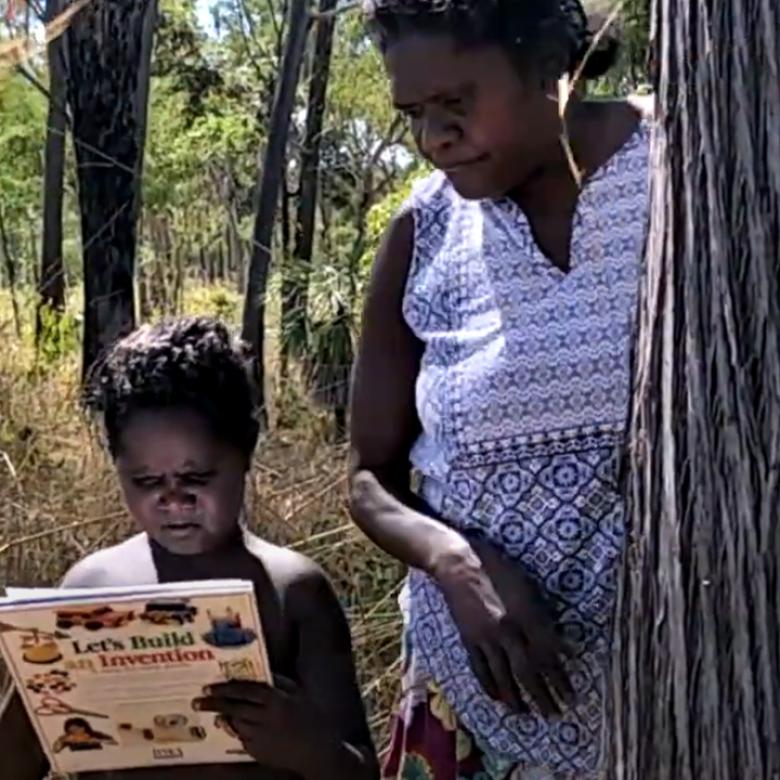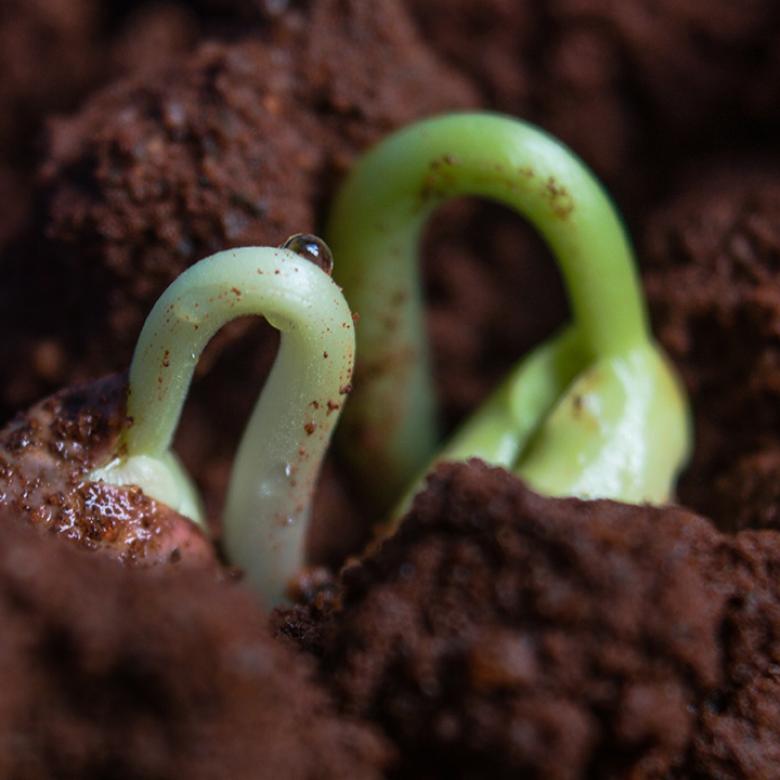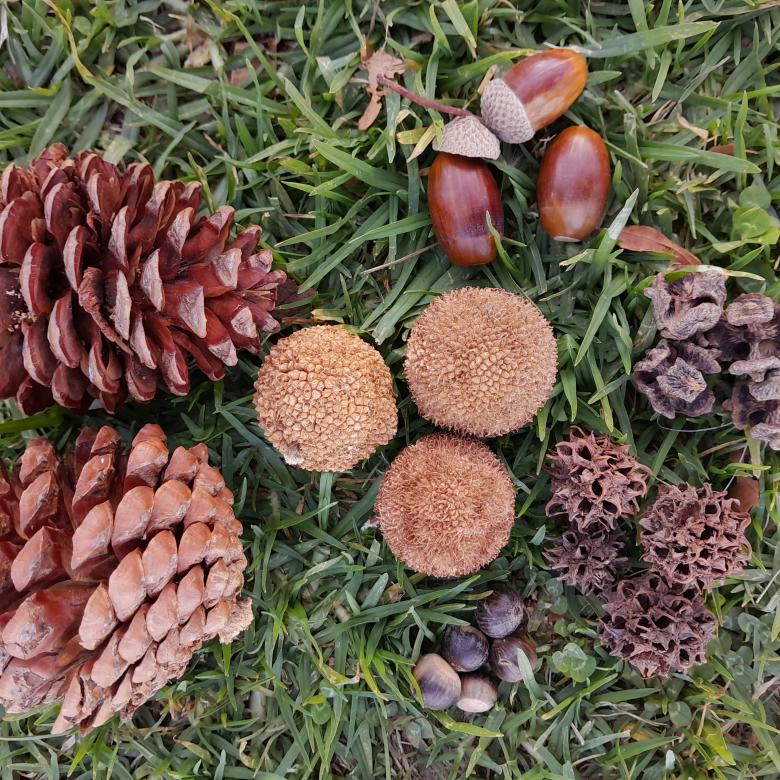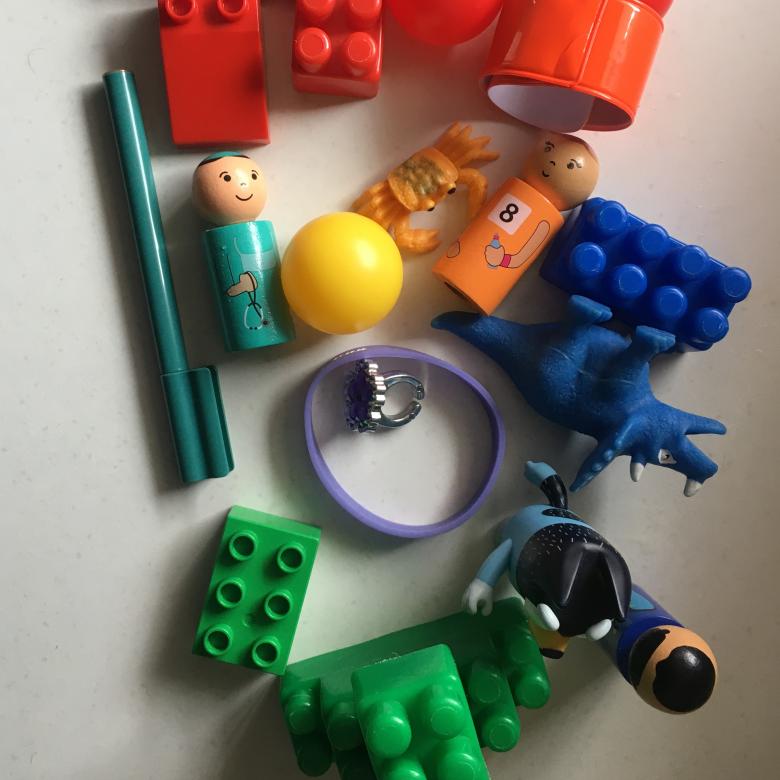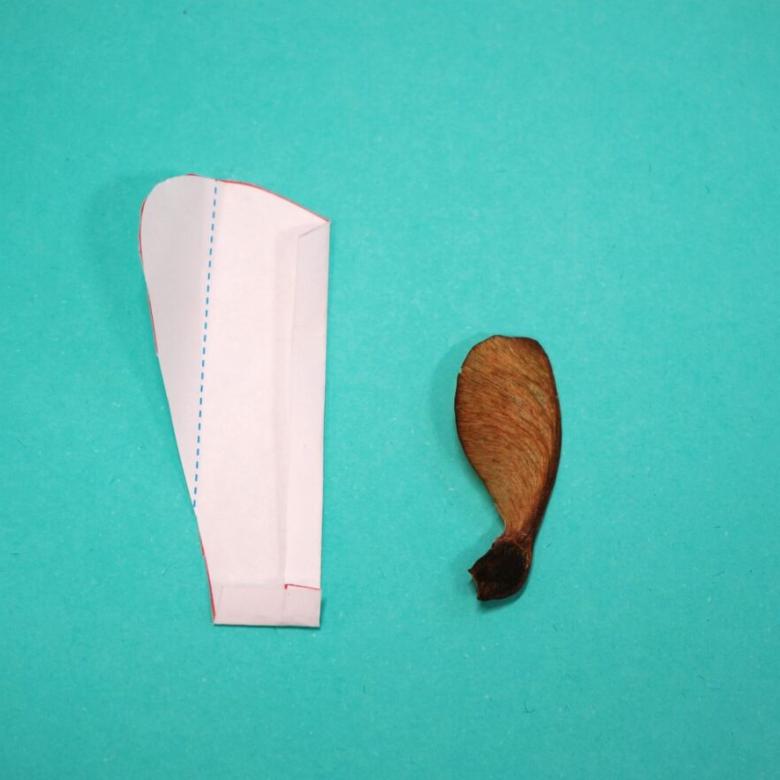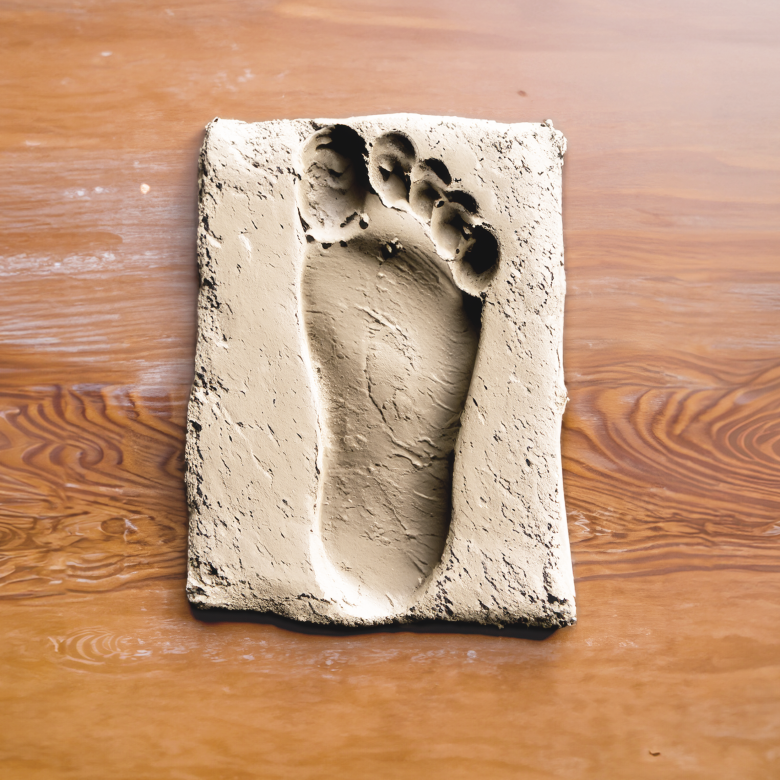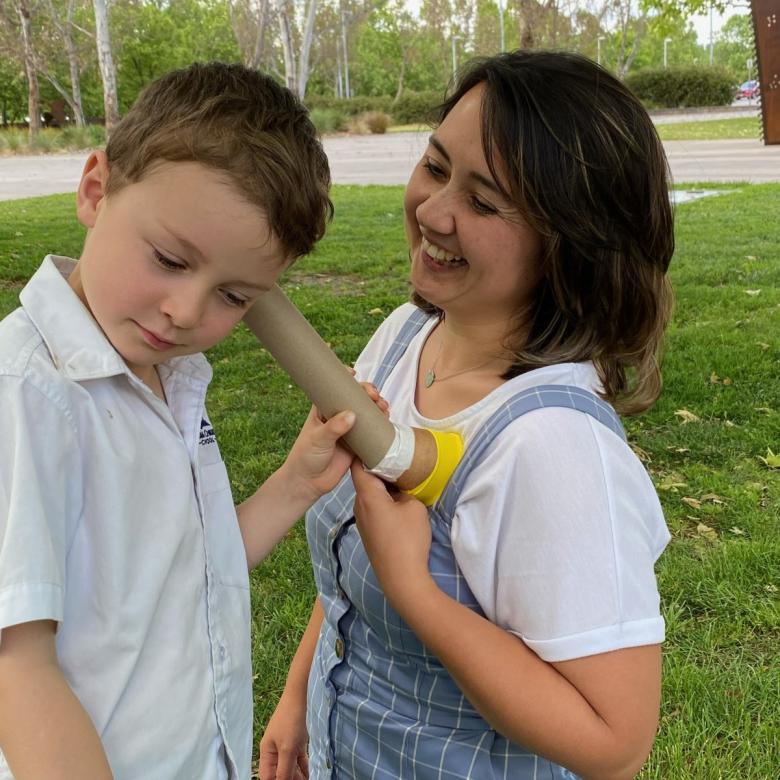You’ll need
- 2 pencils or pens (with lids on)
- A ruler
- Pen and paper to record results
- Someone else – a friend, a sibling or an adult
What to do
- Stand behind the other person.
- Hold the pencils or pens about 10 cm apart – this is about one hand width. Use the ruler to measure how far apart 10 cm is if you aren’t sure. Now gently push in the middle of the person’s back using the tips of the pencils or pens.
- Ask the person if they can feel one or 2 pokes. Record the results.
- Repeat steps 2 and 3 with the pencils or pens closer together.
- Repeat steps 2 and 3 with the pencils or pens further apart.
- Repeat steps 2 and 3 in different areas. Try the upper back, lower back, and left and right shoulder blades. Also try the finger tips, hands, upper arms, lower legs and feet.
Questions to ask
Do you think the other person is just guessing or cheating? Try using one pencil to see if you can trick them!
How do you know which body parts have the most touch receptors (see below for an explanation of these)? Let’s say the person can’t tell how many points there are if the pencils or pens are 10 cm apart. Do you think that means that body part has a lot of touch receptors or not very many? Try ranking the body parts in order, from the fewest to the most touch receptors.
What's happening
This activity uses something called the 2-point threshold test. It measures how sensitive a body part is by testing how far apart 2 points need to be before a person feels 2 points instead of one. If you can feel 2 separate points that are super close together, it means that area is more sensitive.
Your body can feel temperature, pain, pressure and touch because of sensory nerves in the skin. The endings of the sensory nerves in the skin are called touch receptors. When you touch something, your touch receptors collect information about what you’ve touched. The nerve then sends this information to the rest of the nerve, then to other nerves, the spinal cord and finally the brain. The brain then processes the information so that you know if what you touched is hot or cold, smooth or rough, or even painful.
Touch receptors are not spread evenly across the body. The middle of the back is the least sensitive part of the body to touch. There aren’t as many touch receptors there, and they are spread out across a large area. Fingertips are extremely sensitive because they have many touch receptors. There are 100 touch receptors per square centimetre on a fingertip!
Did you know
A sensory homunculus shows the distribution of touch receptors in the human body. This is a cartoon drawing of a person with the size of each body part drawn in proportion to how many touch receptors there are in that body part. The sensory homunculus has enormous hands, fingers, tongue and lips, as these are the areas of the body that have the most touch receptors. Try searching for sensory homunculus on the internet to see what one looks like!


